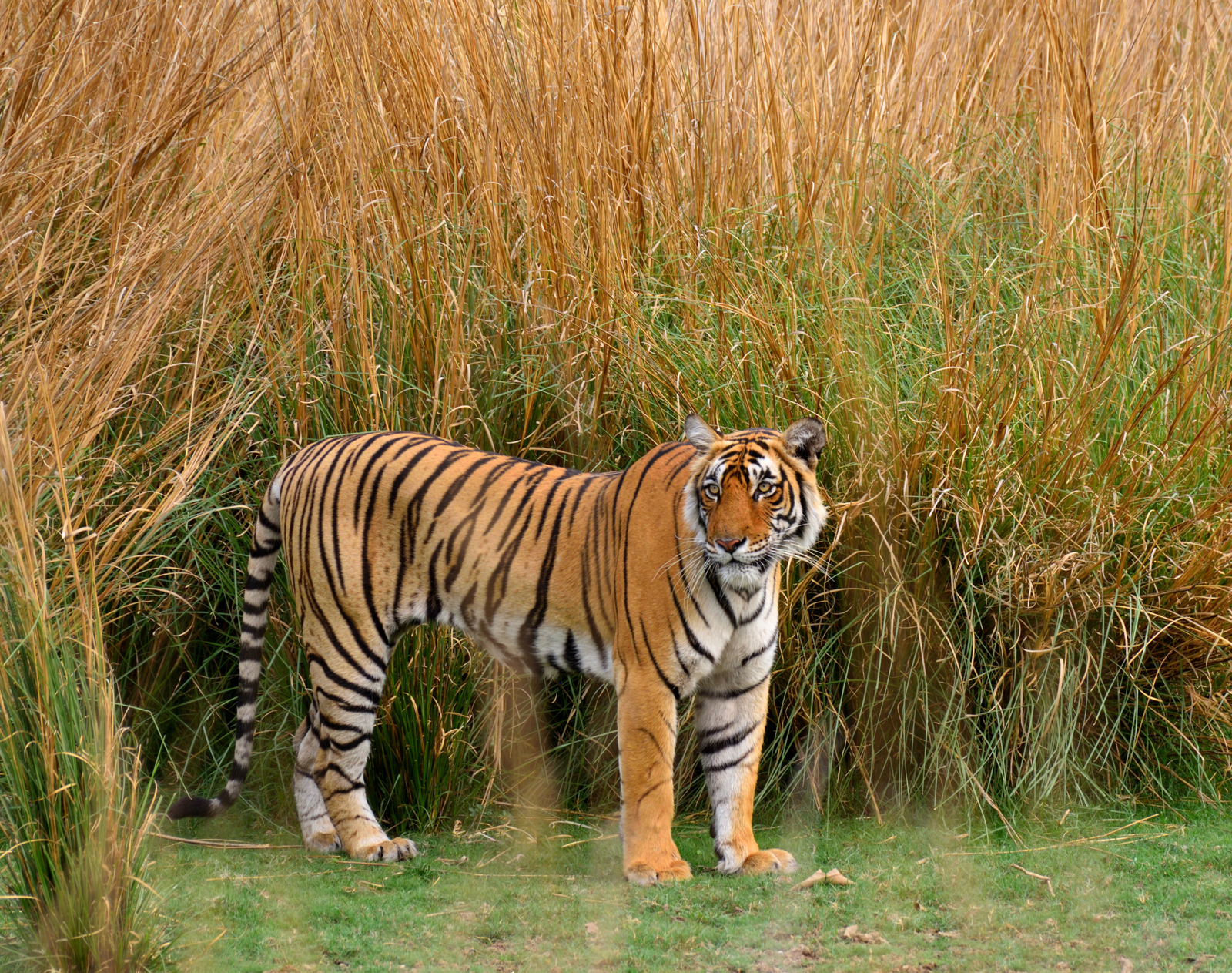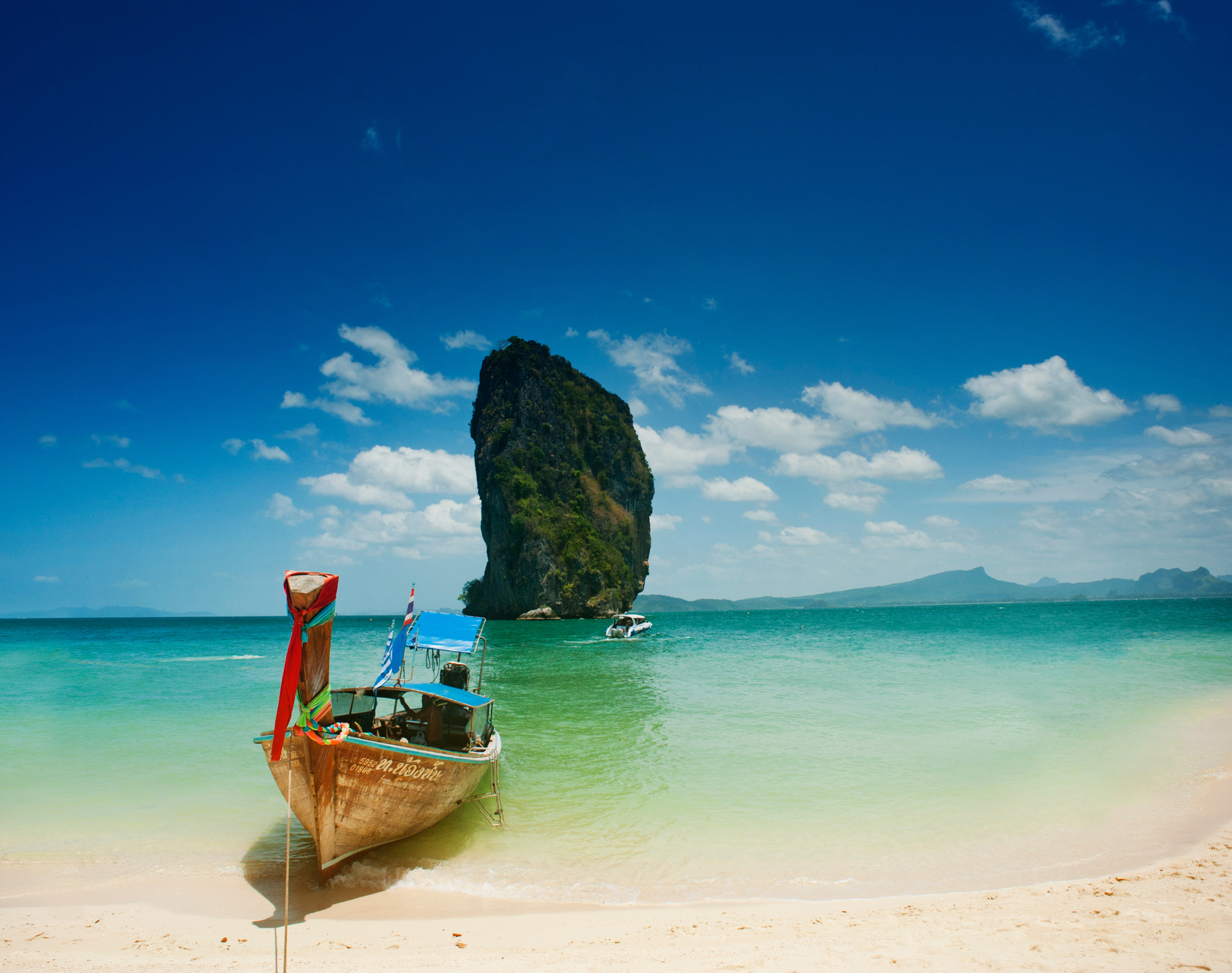India, with its vast and diverse landscapes, is home to some of the world’s most captivating national parks. From lush forests and pristine lakes to arid deserts and snow-clad mountains, India’s national parks offer a unique opportunity to witness the country’s incredible biodiversity. Whether you’re an avid wildlife enthusiast, a nature lover, or simply looking for a tranquil escape, these parks promise unforgettable experiences. In this blog, we’ll take you on a journey through the top national parks in India that should be on every traveler’s bucket list.
1. Jim Corbett National Park, Uttarakhand
Why Visit:
Established in 1936, Jim Corbett National Park holds the distinction of being India’s first national park and forms part of the expansive Corbett Tiger Reserve. Nestled in the foothills of the Himalayas, it is celebrated for its diverse ecosystem and as a sanctuary for the majestic Bengal tiger.
Key Attractions:
- Wildlife Safari: Spot tigers, elephants, leopards, and a variety of deer species in their natural habitat.
- Birdwatching: With over 600 bird species, it’s a paradise for birdwatchers.
- Landscape Diversity: Explore a mix of grasslands, riverine belts, and dense sal forests.
- Best Zone: Bijrani, Jhirna and Garjia
Unique Experience:
Stay at a forest lodge inside the park for a closer connection to nature and enjoy a serene sunrise over the Himalayan foothills.
2. Ranthambore National Park, Rajasthan
Why Visit:
Located in Rajasthan, Ranthambore National Park is one of India’s most popular wildlife reserves, known for its thriving tiger population and picturesque ruins of ancient forts within the park.
Key Attractions:
- Tiger Spotting: The park is one of the best places in India to see tigers in the wild.
- Ranthambore Fort: A UNESCO World Heritage Site that provides breathtaking panoramic vistas of the surrounding park.
- Wildlife Diversity: Spot leopards, sloth bears, hyenas, and a variety of birds.
- Best Zones: Zone 3, Zone 4 and Zone 5
Unique Experience:
Take an early morning safari to catch tigers near watering holes against the backdrop of the rugged Aravalli hills.
3. Kaziranga National Park, Assam
Why Visit:
A UNESCO World Heritage Site, Kaziranga National Park is located in Assam and is famous for its population of the endangered one-horned rhinoceros.
Key Attractions:
- One-Horned Rhinoceros: Home to two-thirds of the world’s population of this majestic species.
- Elephant Safari: Explore the vast grasslands and wetlands on an elephant-back safari.
- Diverse Fauna: Spot tigers, elephants, swamp deer, and water buffalo.
- Best Zone: Central Zone or Kaziranga Zone
Unique Experience:
Visit during the winter months to witness migratory birds such as pelicans and storks flocking to the park’s wetlands.
4. Sundarbans National Park, West Bengal
Why Visit:
The Sundarbans National Park, recognized as a UNESCO World Heritage Site, is the world’s largest mangrove forest and serves as a vital habitat for the elusive Royal Bengal Tiger.
Key Attractions:
- Mangrove Forest: Explore the unique ecosystem of the Sundarbans through boat safaris.
- Tiger Spotting: Known for its population of swimming tigers adapted to the deltaic environment.
- Avian Wonders: Spot rare birds such as kingfishers, herons, and white-bellied eagles.
- Best Zone: Sajnekhali and Sudhanyakhali
Unique Experience:
Embark on a guided boat tour through the labyrinth of waterways and creeks for an unforgettable wildlife adventure.
5. Bandhavgarh National Park, Madhya Pradesh
Why Visit:
Bandhavgarh National Park, located in the heart of India, is known for having one of the highest densities of Bengal tigers in the country.
Key Attractions:
- Tiger Safari: The park offers frequent tiger sightings, especially around the Tala Zone.
- Bandhavgarh Fort: A historical landmark surrounded by scenic landscapes.
- Flora and Fauna: Spot leopards, jackals, wild boars, and over 250 bird species.
- Best Zone: Tala, Magadhi, and Khitauli
Unique Experience:
Visit the ancient caves within the park to see centuries-old inscriptions and carvings while exploring its historical charm.
6. Kanha National Park, Madhya Pradesh
Why Visit:
Kanha National Park, famously known as the inspiration for Rudyard Kipling’s The Jungle Book, is celebrated for its pristine sal forests and sprawling grasslands, making it one of India’s most well-preserved national parks.
Key Attractions:
- Barasingha (Swamp Deer): Kanha is credited with saving this endangered species from extinction.
- Tiger Reserves: It’s a prominent tiger reserve with regular sightings.
- Nature Walks: Explore the park’s scenic beauty and biodiversity through guided walks.
- Best Zone: Mukki Zone, Kisli Zone and Kanha Zone
Unique Experience:
Stay at eco-friendly resorts near the park and enjoy the tranquility of the surrounding wilderness.
7. Gir National Park, Gujarat
Why Visit:
Gir National Park in Gujarat is the last refuge of the Asiatic lion, making it a unique and significant wildlife destination.
Key Attractions:
- Asiatic Lions: Spot these majestic creatures during jeep safaris.
- Wildlife Diversity: The park is also home to leopards, hyenas, and over 300 bird species.
- Cultural Experience: Visit local Maldhari tribes to learn about their coexistence with wildlife.
- Best Zone: Sasan Gir Zone and Devalia Interpretation Zone
Unique Experience:
Take an evening safari for a chance to witness lions in their natural habitat during twilight hours.
8. Periyar National Park, Kerala
Why Visit:
Nestled in the Western Ghats of Kerala, Periyar National Park is known for its picturesque landscapes and thriving wildlife.
Key Attractions:
- Boat Safaris: Cruise along Periyar Lake and spot elephants, bison, and otters on the banks.
- Spice Plantations: Explore nearby spice gardens and learn about Kerala’s rich agricultural heritage.
- Floral Beauty: Home to vibrant orchids and lush greenery.
Unique Experience:
Participate in a bamboo rafting adventure for a unique perspective of the park’s serene beauty.
9. Pench National Park, Madhya Pradesh
Why Visit:
Pench National Park is another inspiration behind The Jungle Book, offering a mix of adventure and tranquility.
Key Attractions:
- Wildlife Spotting: Tigers, leopards, wolves, and over 200 bird species call this park home.
- Riverside Beauty: The Pench River flows through the park, enhancing its scenic charm.
- Open Grasslands: Ideal for spotting grazing herbivores like deer and antelope.
- Best Zone: Periyar Lake and Tiger Reserve
Unique Experience:
Enjoy a night safari to witness nocturnal wildlife and experience the forest’s magic under the stars.
10. Hemis National Park, Ladakh
Why Visit:
Hemis National Park in Ladakh is India’s largest national park and a paradise for adventure seekers and wildlife enthusiasts.
Key Attractions:
- Snow Leopards: Known as the Snow Leopard Capital of the world, Hemis offers a chance to see these elusive creatures.
- Tibetan Culture: Visit Hemis Monastery, a spiritual landmark near the park.
- Stunning Landscapes: Explore rugged terrain, alpine meadows, and glacial valleys.
- Best Zone: Hussing and Rumbak valley and Rumbak village
Unique Experience:
Trek through the park during winter months for the rare opportunity to spot snow leopards.
Conclusion
India’s national parks are a testament to the country’s incredible biodiversity and natural beauty. Each park offers a unique experience, whether it’s spotting tigers in Ranthambore, exploring the mangroves of Sundarbans, or witnessing the majestic Asiatic lions in Gir. These parks not only provide unforgettable memories but also emphasize the importance of conservation and sustainable tourism.
Gear up for an adventure into India’s remarkable national parks. From awe-inspiring landscapes to thrilling wildlife, these destinations offer a chance to experience the wilderness like never before.
Follow GOURMET FOOD AND TRAVEL and join us on a journey of food and travel discoveries!




